MB56
3.2V 628Ah Low Self-Discharge Rate Battery
Understanding the Benefits of a 3.2V 628Ah Battery with Low Self-Discharge Rate
In the world of electronics and energy storage, battery technology plays a crucial role in ensuring device performance, longevity, and reliability. One of the most critical factors when selecting a battery is its self-discharge rate. A low self-discharge rate means that the battery retains its charge for a longer period, which is essential for applications where power conservation is key. Today, we will delve into the benefits of a 3.2V 6,280mAh (628Ah) battery with a low self-discharge rate, exploring why it stands out in the market and how it can be a game-changer for your devices.
What is Self-Discharge Rate?
Before we dive into the advantages of a low self-discharge rate battery, it’s important to understand what self-discharge rate actually means. The self-discharge rate refers to the rate at which a battery loses its charge when it is not in use. In other words, it is the rate at which the battery’s voltage drops over time when the device is idle or not powered on. A higher self-discharge rate means that the battery will lose charge more quickly, while a lower self-discharge rate indicates better battery life.
Why a Low Self-Discharge Rate Matters
Battery Life Extension: One of the most significant advantages of a low self-discharge rate battery is that it extends the life of the battery. For devices that are not used for extended periods, such as laptops, tablets, or even security cameras, a low self-discharge rate ensures that the battery does not deplete as quickly. This is particularly important for applications where battery replacement is inconvenient or costly.
Improved Reliability: A low self-discharge rate also enhances the reliability of your devices. If your battery is discharging slowly, you won’t experience any power fluctuations, which can be disruptive for sensitive applications. Devices such as medical equipment, industrial machinery, or even gaming consoles rely on consistent power supply to function optimally. A low self-discharge rate ensures that your device operates smoothly without any unexpected drops in voltage or power output.
Cost Savings: Over time, a low self-discharge rate battery can save you money. Since it lasts longer, you’ll need fewer replacements, which reduces the overall cost of ownership. This is especially true for high-value devices or systems where battery replacement can be expensive.
Key Features of a 3.2V 628Ah Battery
The combination of a 3.2V voltage and a 628Ah (628 milliampere-hours) capacity is tailored for specific applications. Let’s break down what these features mean:
Voltage (3.2V): The 3.2V voltage makes this battery compatible with a wide range of electronic devices that operate within this voltage range. For example, it can power small appliances like electric kettles, power tools, or even certain types of gaming consoles. The standard voltage ensures compatibility without the need for adapters or converters in most cases.
Capacity (628Ah): The ampere-hour rating is a measure of the battery’s capacity. A 628Ah battery can theoretically power a device that draws 628 amps for one hour or 314 amps for two hours. This capacity is ideal for devices that require a steady power source for extended periods. For instance, it can power a laptop or a tablet under light usage for several hours.
Advantages of Combining 3.1V with a Low Self-Discharge Rate
When combined with a low self-discharge rate, the 3.2V 628Ah battery offers even more benefits:
Long Standby Times: The low self-discharge rate ensures that the battery retains its charge for an extended period, making it ideal for devices that need to operate in a standby mode. For example, security cameras,intrusion alarm systems, or even home automation devices can benefit from the extended standby time.
Efficiency in Power Management: In applications where power management is critical, such as in renewable energy systems or grid-tied inverters, a low self-discharge rate battery ensures that there is minimal power loss over time. This efficiency is crucial for maximizing the performance of the system and reducing energy waste.
** suitability for Rechargeable Applications**: The 3.2V 628Ah battery is perfect for rechargeable applications where the battery needs to be charged and discharged multiple times. Its low self-discharge rate ensures that each charge lasts as long as possible, reducing the number of recharge cycles and extending the overall lifespan of the battery.
Challenges and Considerations
While the benefits of a low self-discharge rate battery are numerous, there are some challenges to consider:
Battery Chemistry: Not all battery chemistries are suitable for low self-discharge rate applications. Lithium-ion batteries are generally known for their low self-discharge rates, but other chemistries may not offer the same performance. It’s important to ensure that the battery chemistry is appropriate for your specific application.
Temperature and Age: The self-discharge rate can be affected by temperature fluctuations and the age of the battery. Older batteries may exhibit higher self-discharge rates due to internal aging and component degradation.
Cycling and Overcharging: Proper charging and discharging cycles are essential to maintain a low self-discharge rate. Excessive charging or overcharging can negatively impact the battery’s performance and lifespan.
Future Trends in Battery Technology
As technology advances, we can expect to see even better battery solutions with lower self-discharge rates and longer lifespans. Some emerging trends in battery technology include:
Graphene-Based Batteries: Graphene, a revolutionary material, is being explored for its potential to improve battery efficiency and reduce self-discharge rates.
Solid-State Batteries: These batteries eliminate the traditional liquid electrolyte, which can degrade over time. Solid-state batteries are expected to offer higher energy density, faster charging times, and longer self-discharge rates.
Smart Battery Management Systems (BMS): Advanced battery management systems can monitor and manage battery performance in real-time, optimizing charge and discharge cycles to maximize battery life.

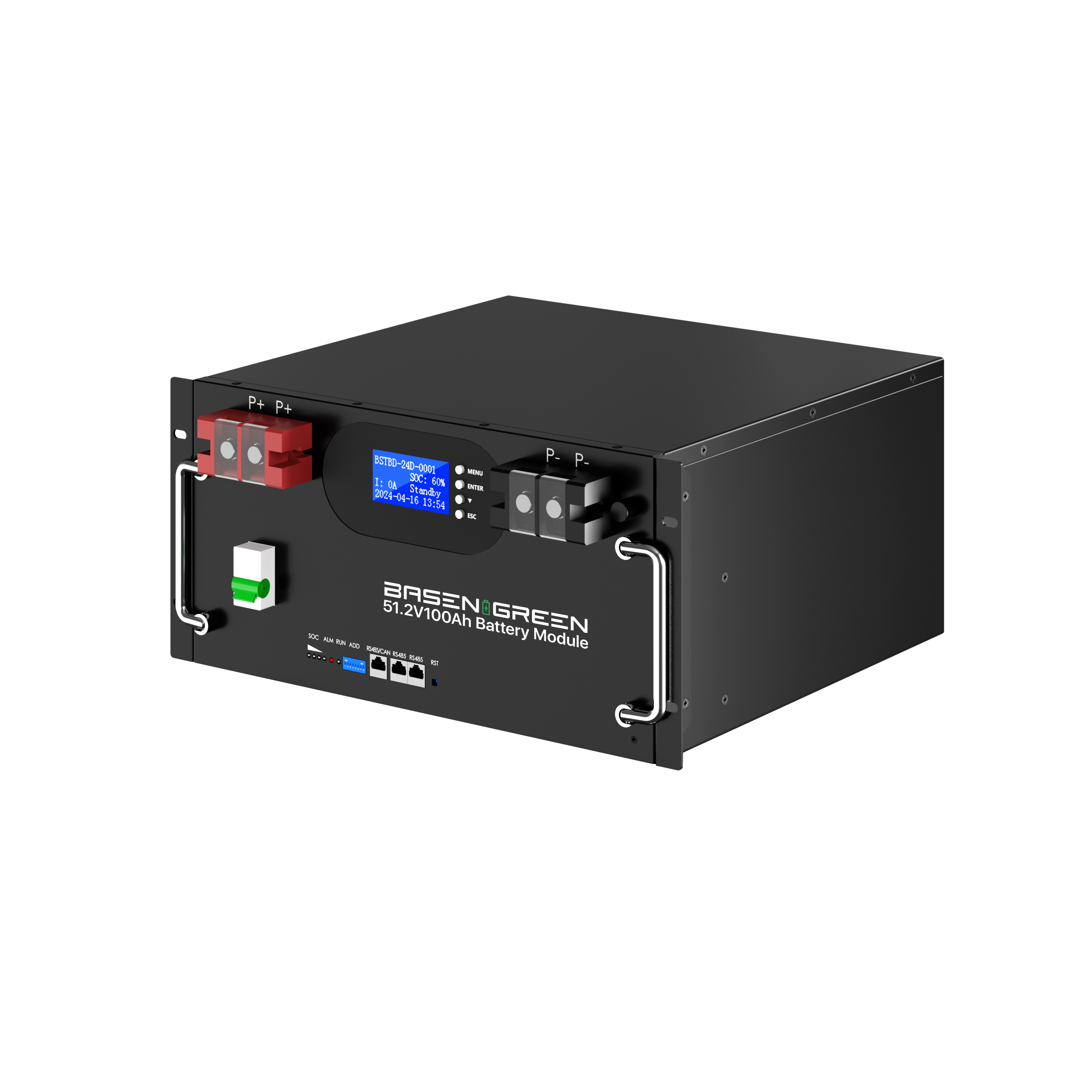
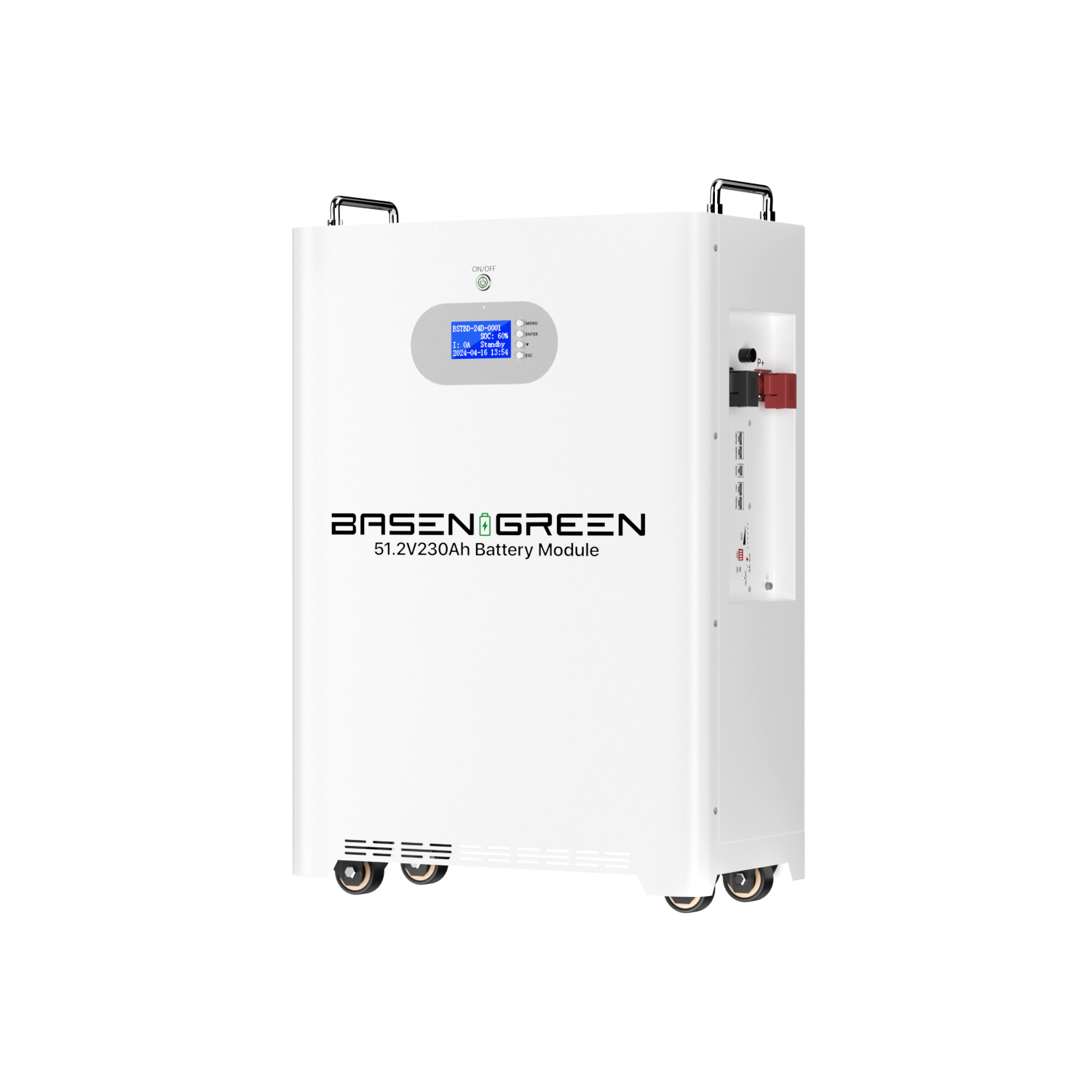
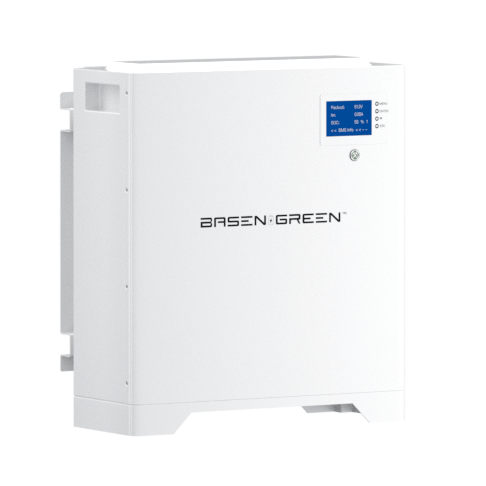
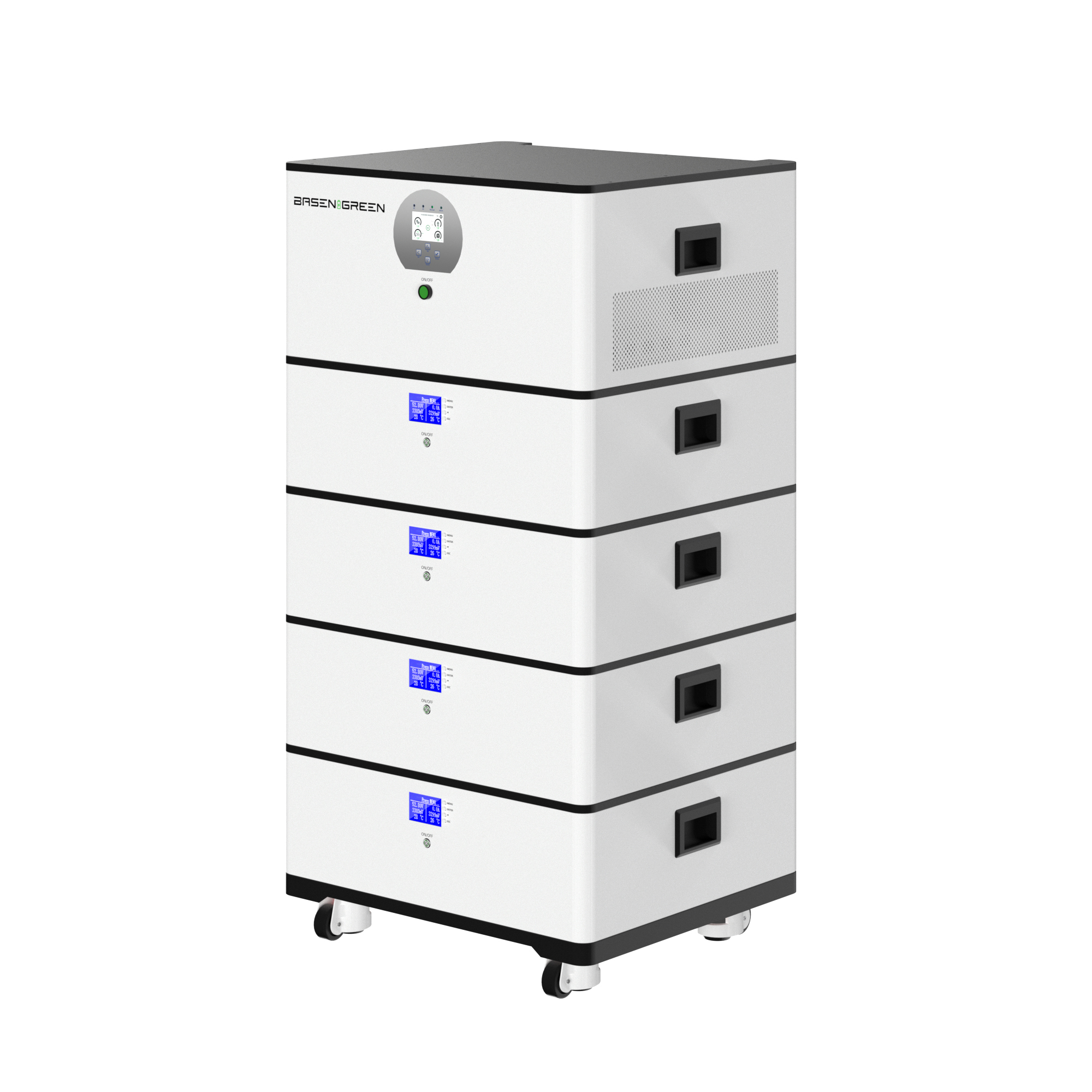

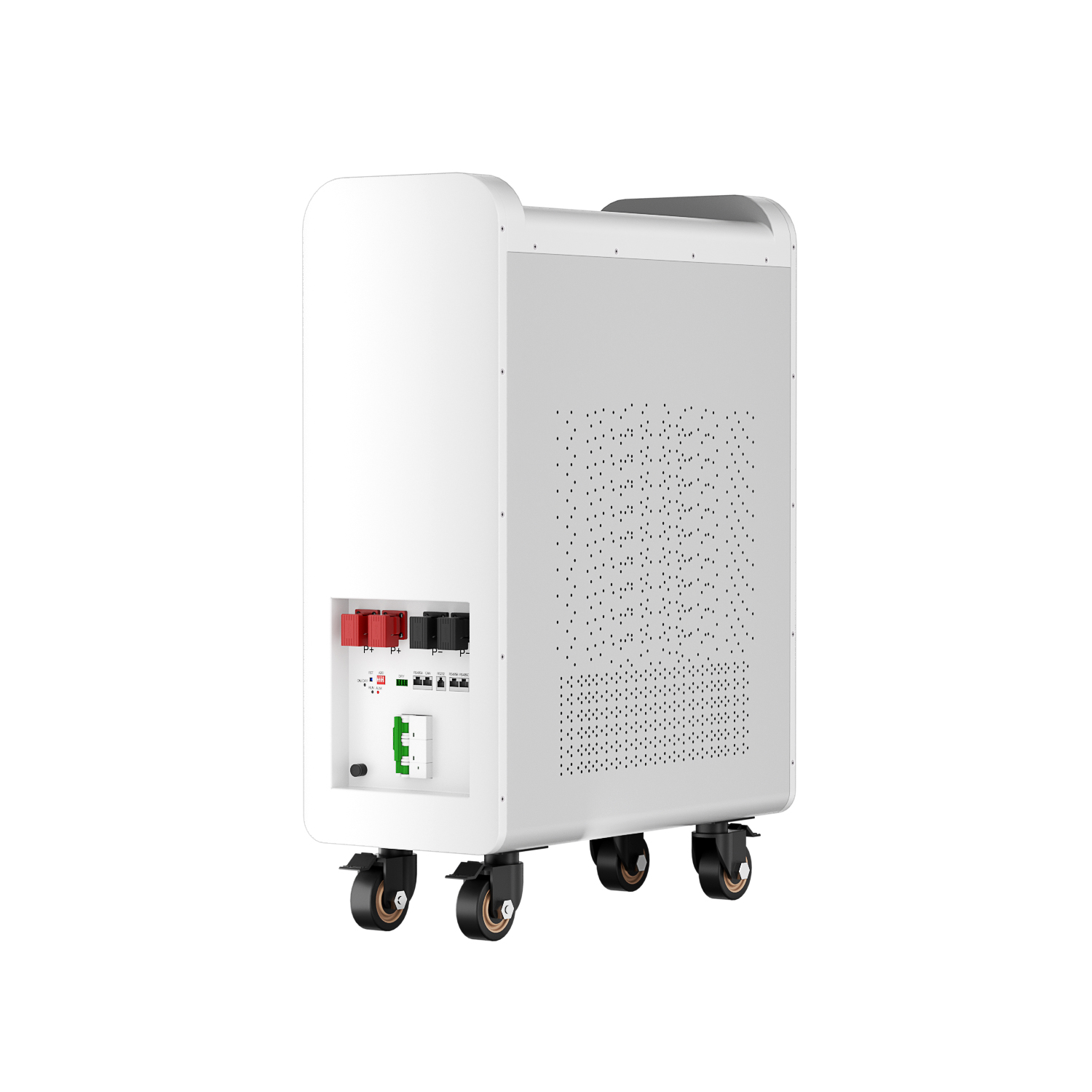
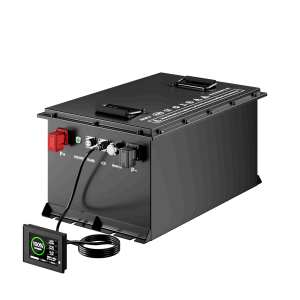
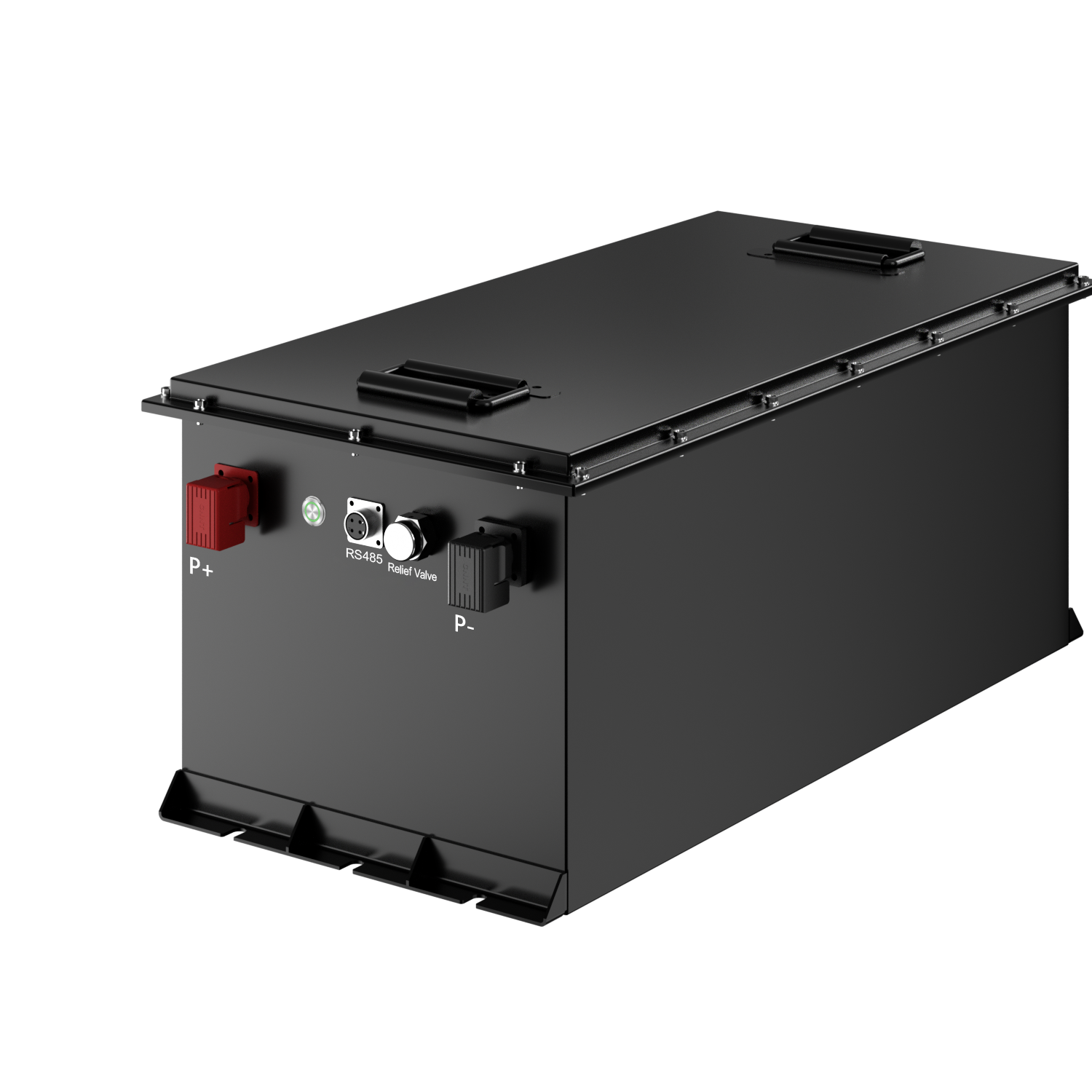
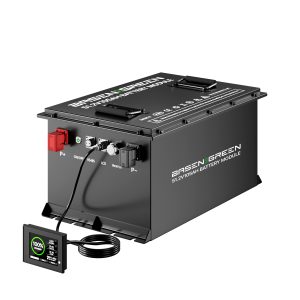
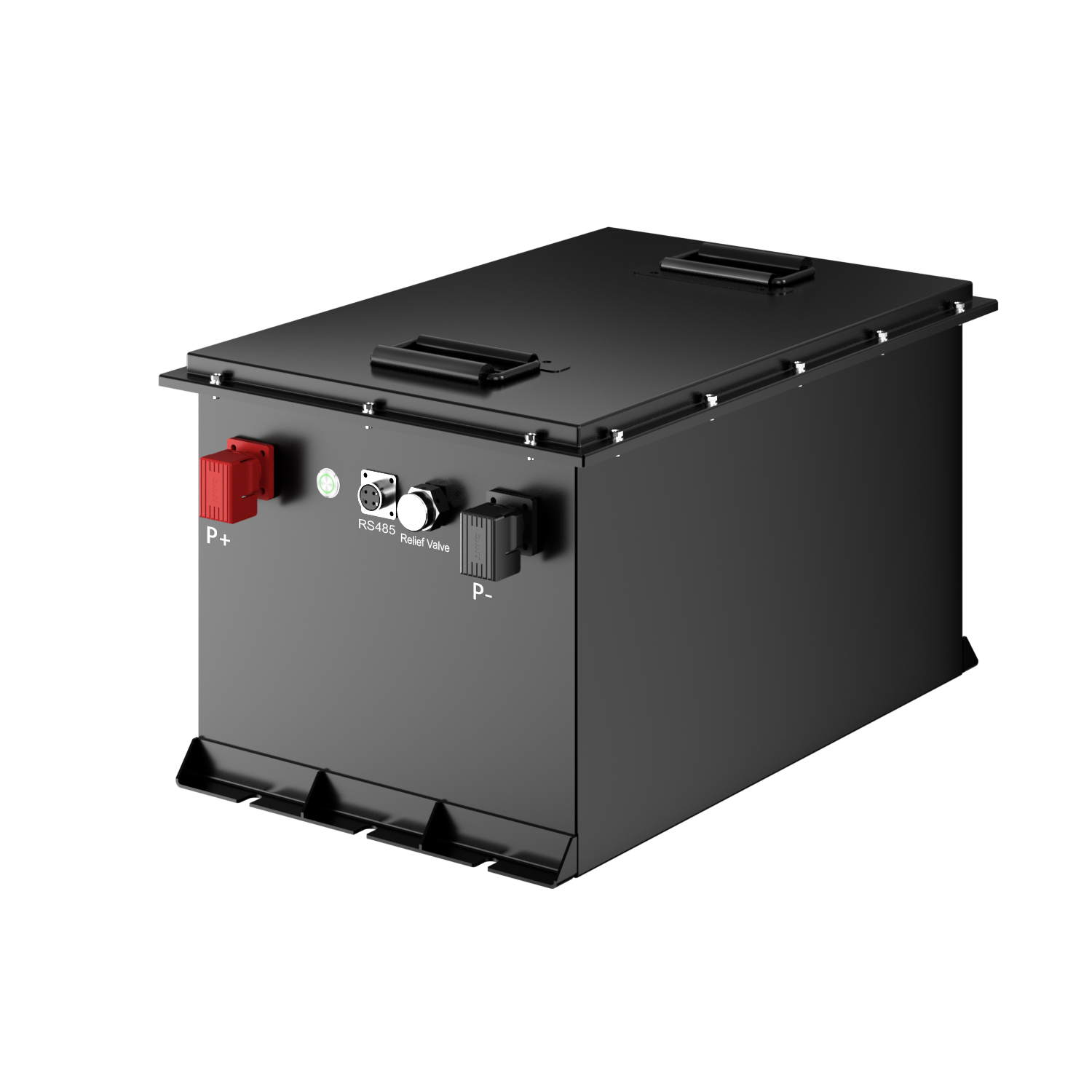
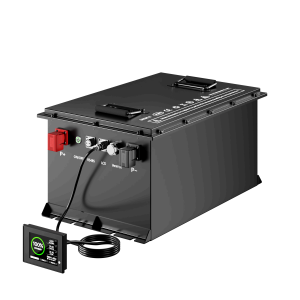
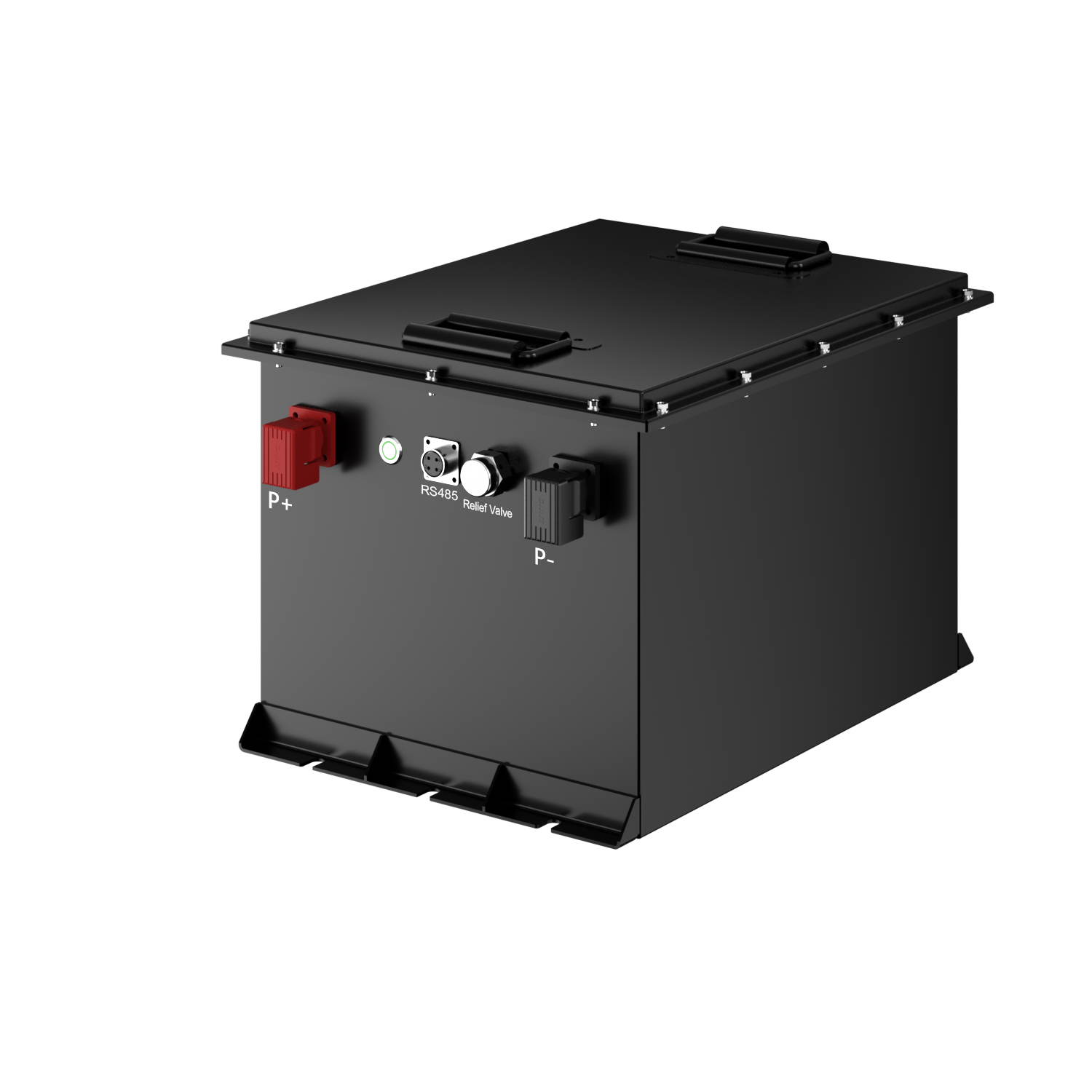
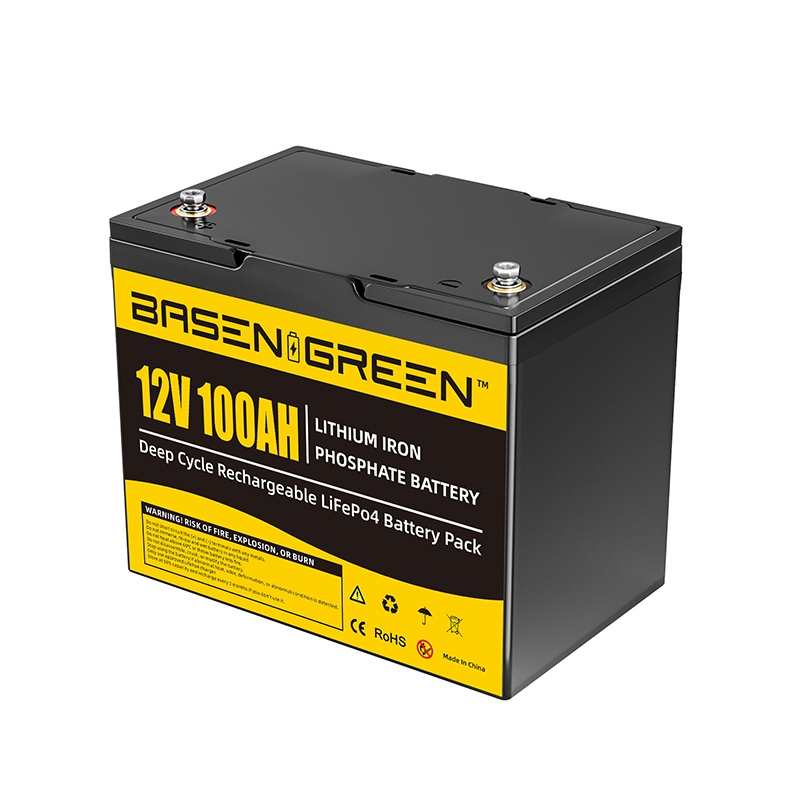
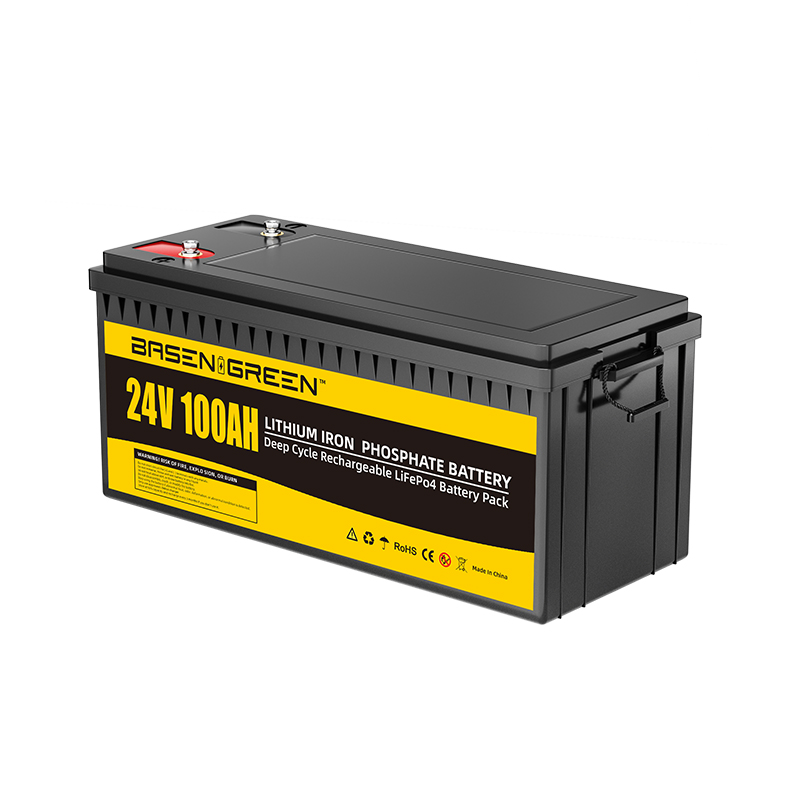
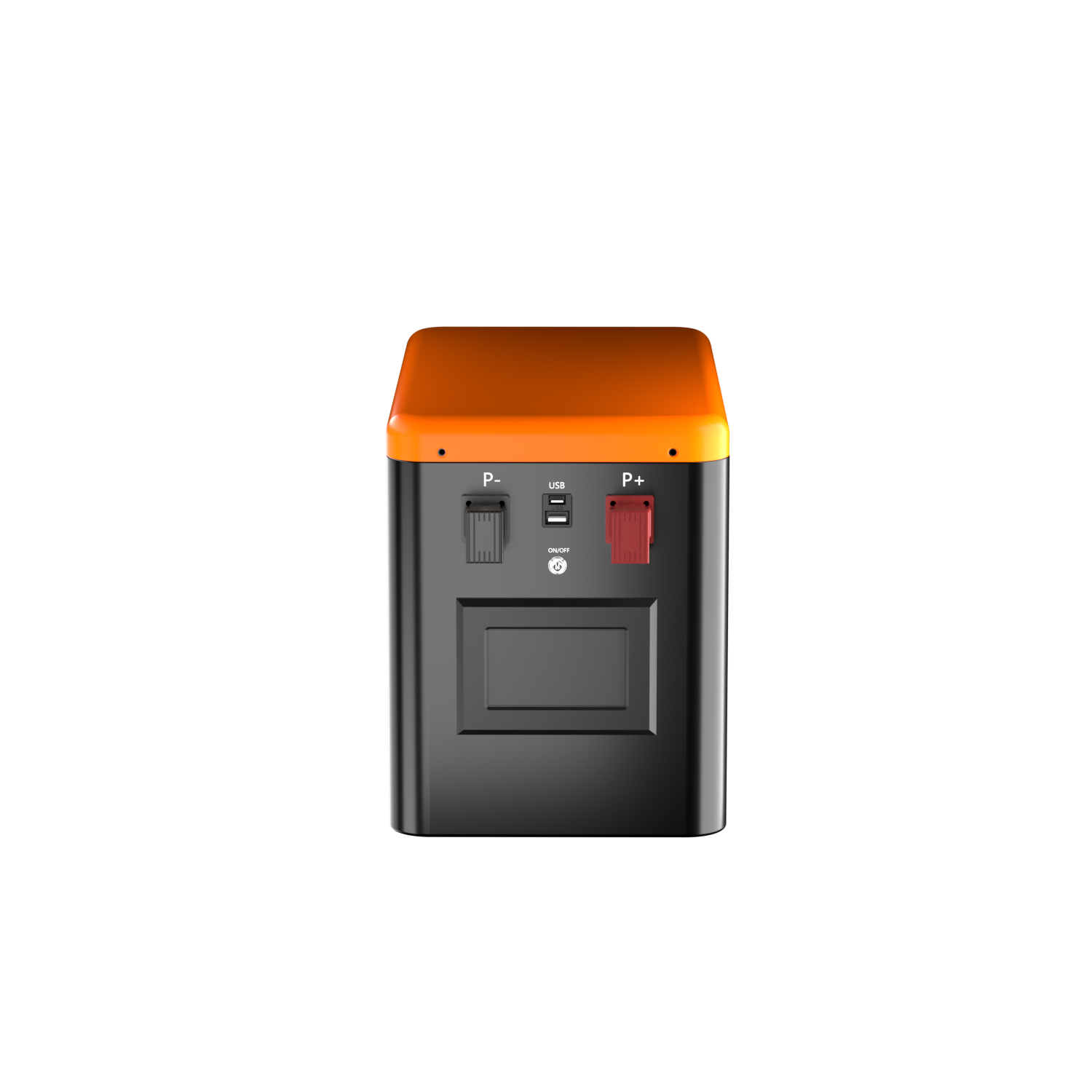
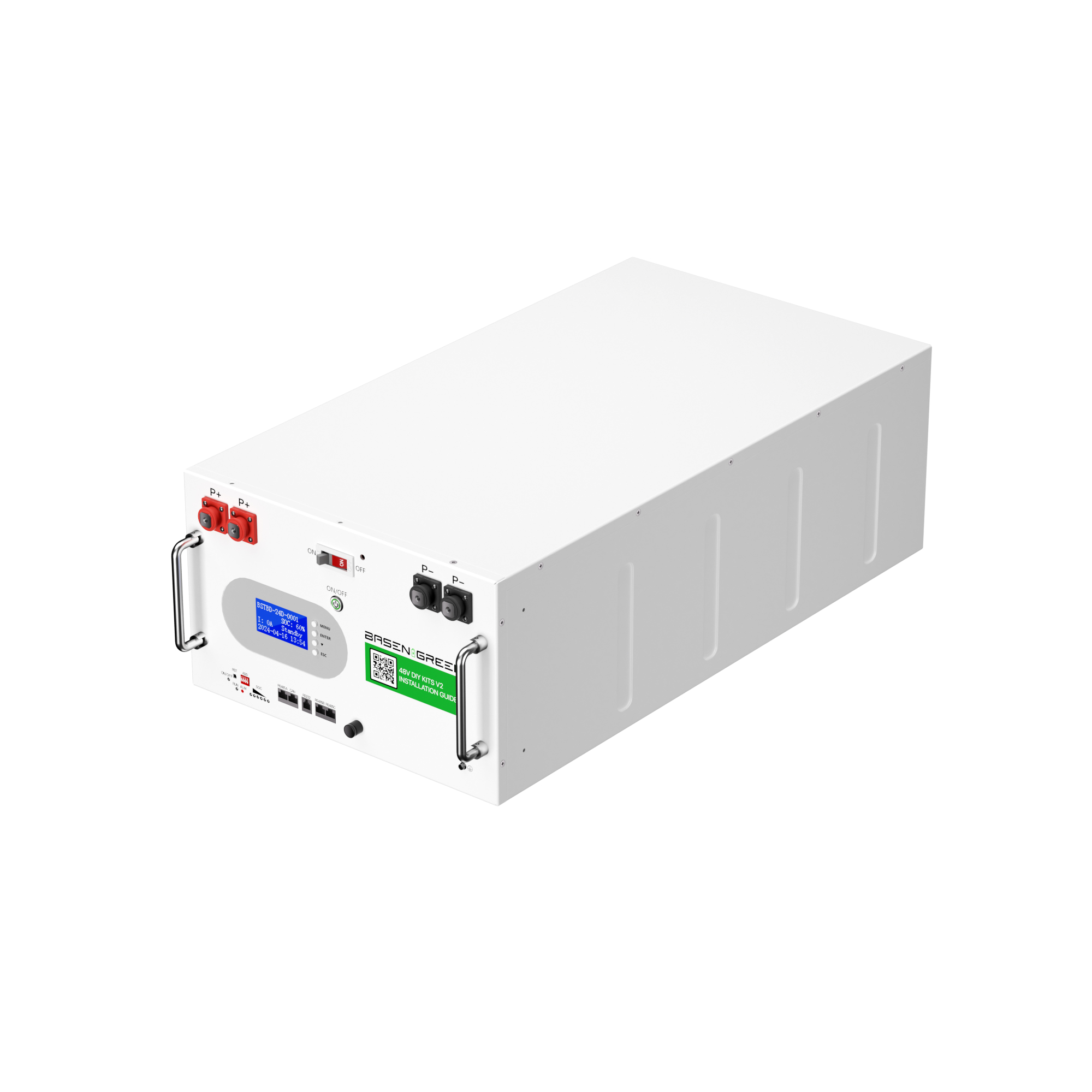
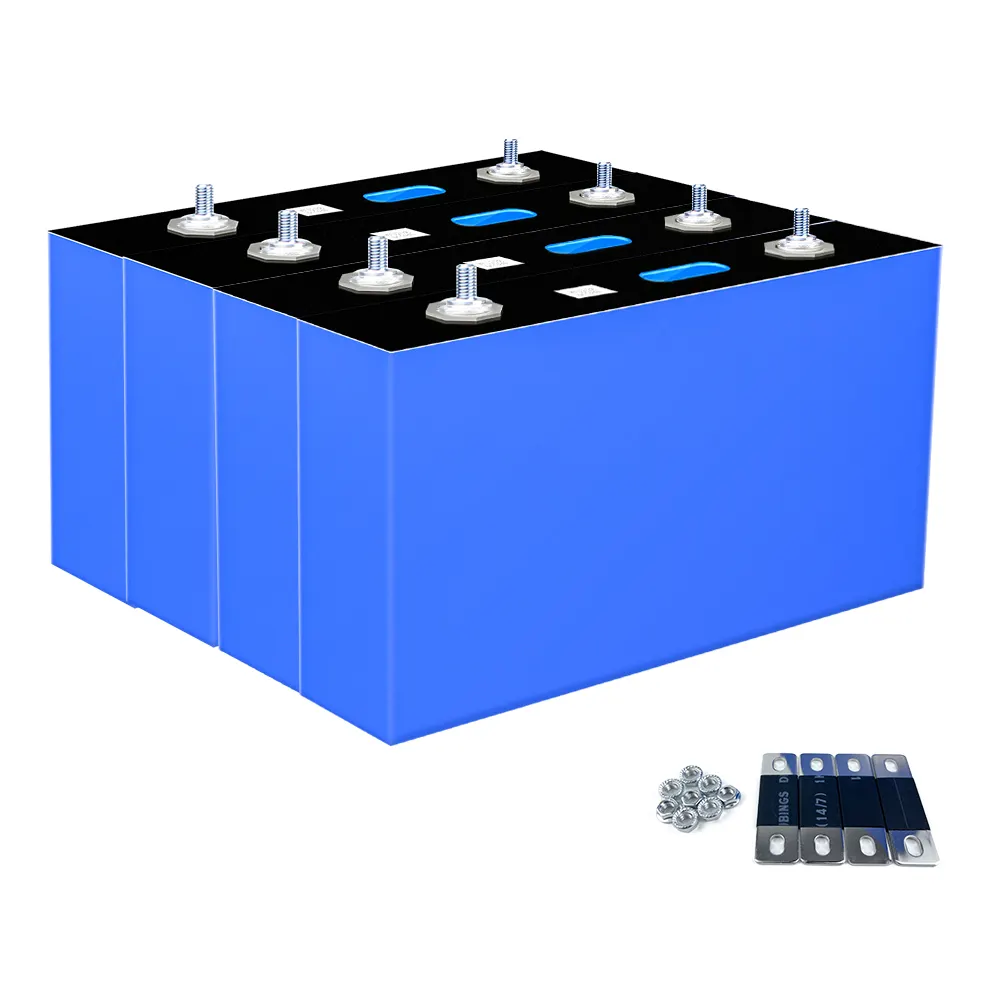
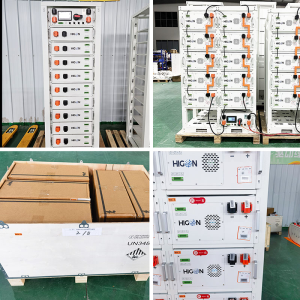
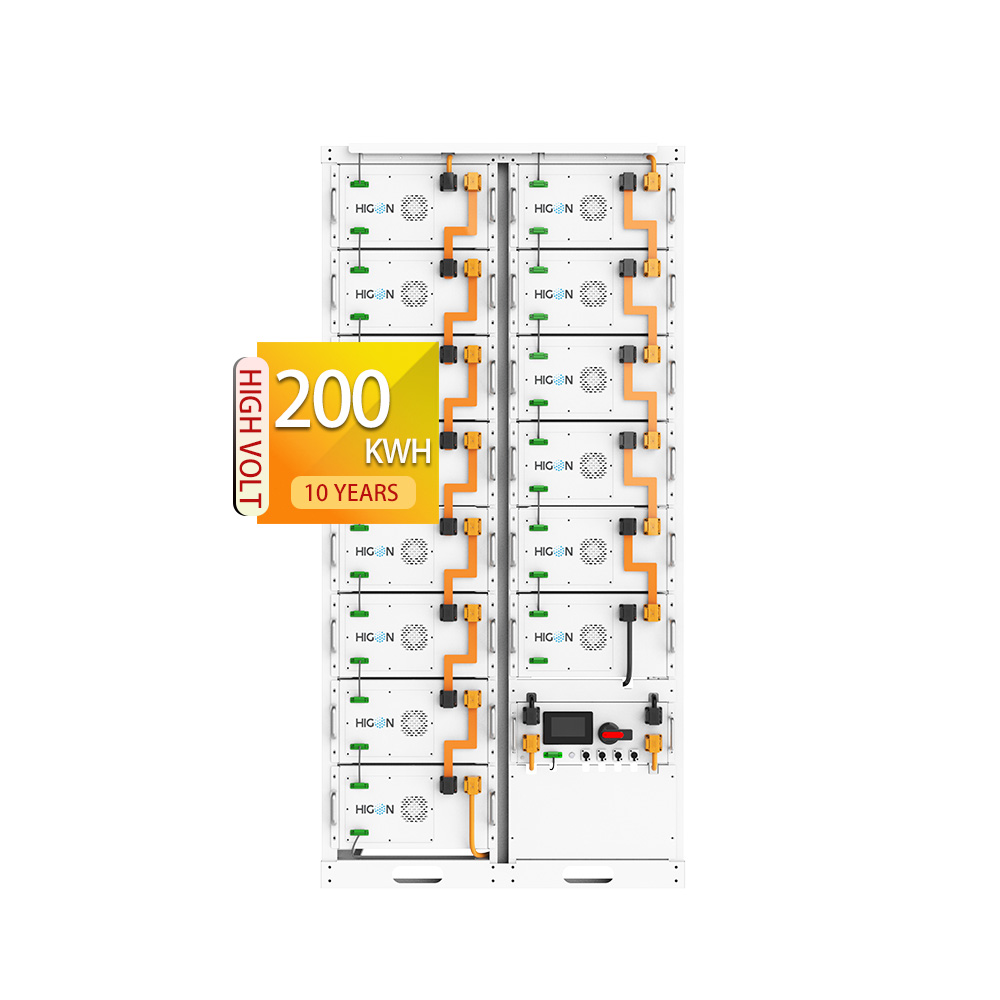
.png)